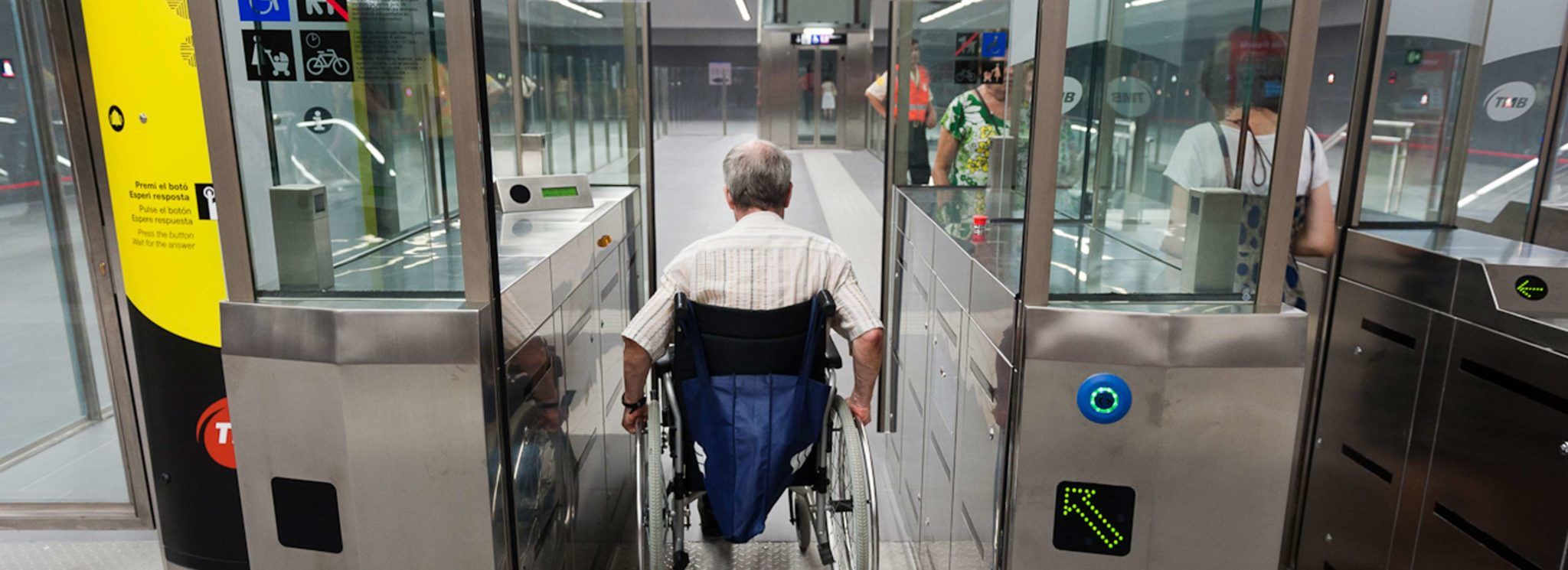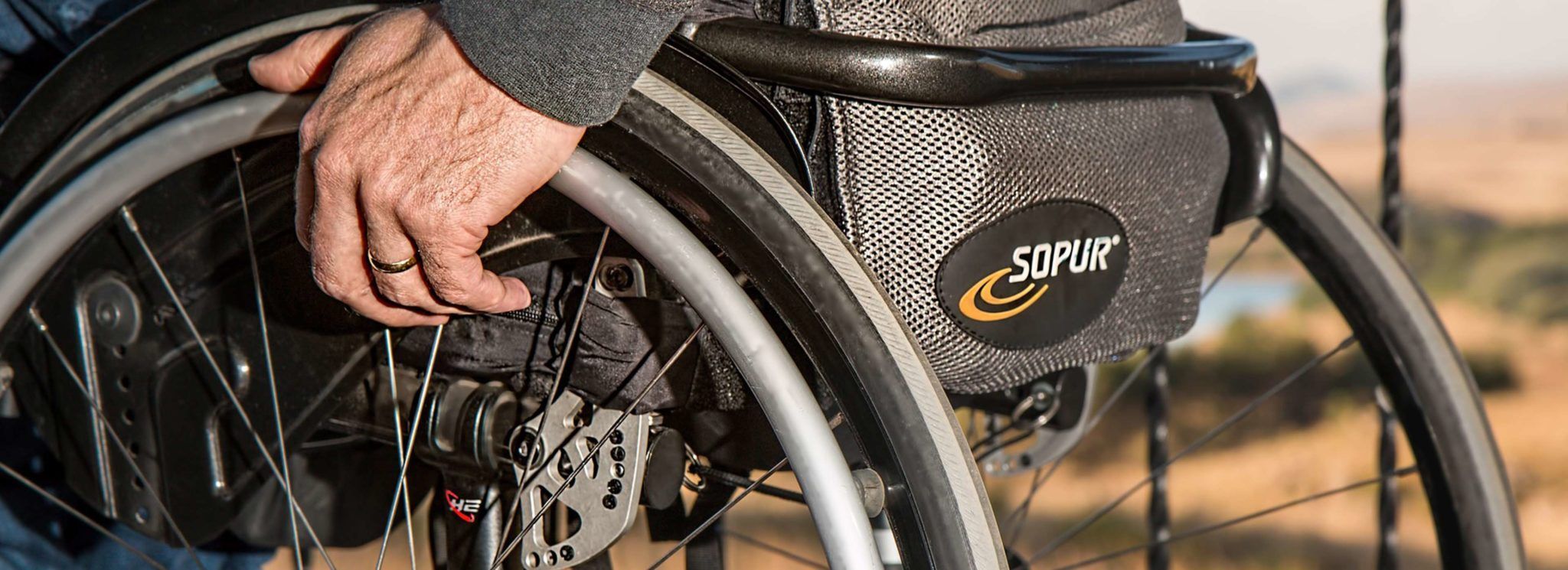Barcelona is one of the most appealing cities in the world for tourists, and we’re not surprised! It’s a city full of monuments, museums, culture, art and backstreets where any person would love to get lost. Besides being very flat and pedestrian-friendly (especially in the city center), the city is also perfect for those with reduced mobility or who use a wheelchair.
This is why we wanted to share this post with you today: we’ve created this little guide so you can learn how to navigate the streets of Barcelona if you use a wheelchair, including how to manage your arrival, how to get around the city and which sites are wheelchair-friendly.
Arriving in Barcelona
-
Plane
If you have booked a plane ticket to come to Barcelona, it’s very important that you let the airline know that you’ll be travelling in a wheelchair so you can take advantage of the free services for passengers with special needs. They will also provide you with another wheelchair so you can check your own with your luggage.
-
Train
You may prefer to get to the Catalonian capital via train such as AVE, Euromed, Regional, etc., depending on your city or town of origin. Arriving by train is no problem since all trains stop at the Estació de Sants and Estació de França stations, which offer free services for those with reduced mobility with no need to book in advance! Fantastic, isn’t it?
-
Car
Sometimes the most confortable way to visit Barcelona is to come from your city or town of origin by car. In our city we are very lucky because most public (you can see the Barcelona City Council parking network here) and private parking lots have various parking spaces for those with limited mobility.
-
Bus
Taking the bus is yet another easy and comfortable option when visiting the Catalonion capital! Most of the companies that manage these bus trips, such as ALSA and FLIXBUS, tend to make their last stop at Barcelona’s Estació del Nord. This station has security personnel who can help you with anything you may need.

Picture taken by TMB Flickr. (license)
How to get around the city.
Getting around Barcelona in a wheelchair is another topic that we would like to touch on in this post. From the very beginning we’ve been talking about how the streets and neighborhoods in Barcelona’s city center are quite flat, and they are very accessible for those with limited mobility. But that’s not all! There are other elements that should be kept in mind as well. Have we told you that public transport within the city is accessible?
It’s important to note that alongside being able to navigate the streets of the city themselves, you will have no issues using public transport with your wheelchair. One option, which is the most-used means of public transportation because it criss-crosses the whole city as well as part of the metropolitan area, is the metro. We’ve prepared a post where you can see which metro stations are or are not accessible for those with reduced mobility so you can bear that in mind as you plan out your trip. You can also find the same thing for the RENFE regional railway stations.
In terms of busses, you’ll have no issues with accessibility since every TMB bus is accessible for people with limited mobility or those who use a wheelchair.

Picture taken by TMB Flickr. (license)
Accessible tourist sites
If you use a wheelchair, don’t worry! Most tourist attractions in Barcelona are accessible, as are most of the neighborhoods that make up the city. You’ll be able to wander through the main neighborhoods like Ciutat Vella, Born, Barceloneta, Gràcia, etc. El Raval is the least accessible neighborhood, but even it is still comfortable for those who use a wheelchair.
In regards to tourist attractions, we recently published an article on this blog about the “10 locations around Barcelona that can’t be missed“. In this post, we listed typical sites that you need to visit when you come to Barcelona, as well as other lesser-known sites that have unparalleled charm! Out of all of the places of interest that are wheelchair accessible, we would like to highlight the Sagrada Família, Casa Batlló, la Pedrera, Parc Güell, Montjuïc and, if you’re visiting in the summertime, the city’s beaches.

We would also like to remind you that Centre Esplai Hostel is a hostel that is 100% accessible for those with limited mobility, perfect for a great stay when you come to Barcelona!
We have seen and can testify, therefore, that the city of Barcelona is accessible in every way, whether we’re talking about transportation, city layout or tourist attractions. We hope that you’ve enjoyed this basic guide to visiting Barcelona in a wheelchair and that you’ve found it very useful!


